Top Things to Know Before Buying a Smart Planter
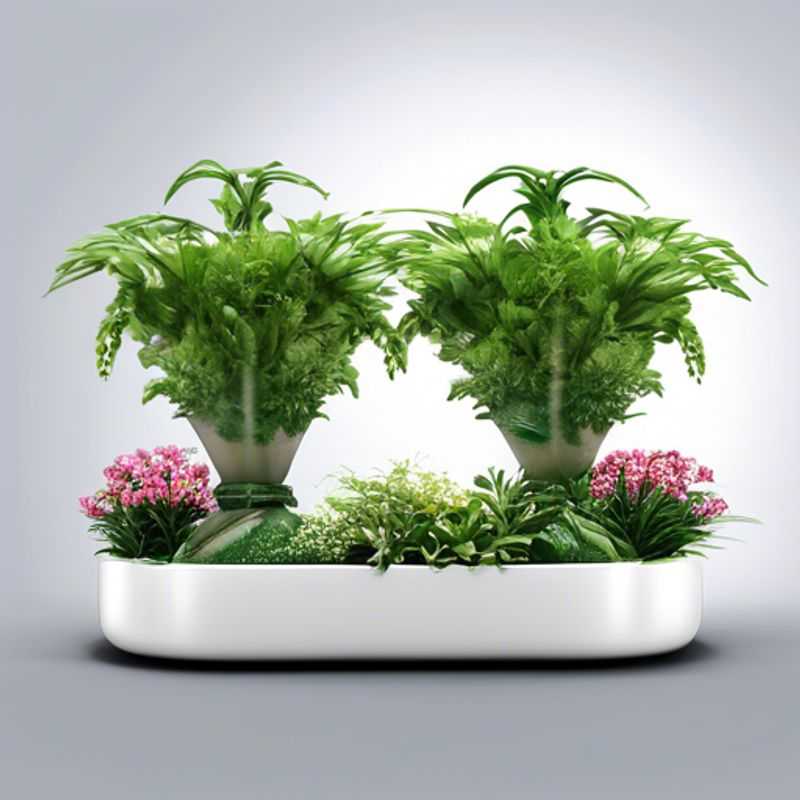
Top Things to Know Before Buying a Smart Planter: A Deep Dive for Green Thumbs
Hey there, plant enthusiasts! Ready to level up your gardening game with a smart planter? Before you dive into the world of automated greenery, let's make sure you're equipped with the right knowledge. Here are some key things to consider before taking the plunge:
1. Understand the Different Types: Smart planters come in various flavors, each catering to different needs.

Grow Smarter: A Guide to Different Types of Smart Planters
Smart planters are a great way to take the guesswork out of gardening. They come in a variety of styles, each with its own set of features. Here's a quick rundown of the most common types:
Self-watering planters automatically water your plants when they need it. They typically use a reservoir to store water, and a sensor to detect when the soil is dry. These planters are great for people who are busy or forgetful, as they take the hassle out of watering.
Soil moisture monitoring planters use a sensor to measure the moisture level of the soil. This information is then displayed on a connected app or device. These planters can help you to avoid overwatering, which can damage your plants.
Smart planters with LED lights are perfect for indoor gardening. They use LED lights to provide your plants with the light they need to grow. This can be especially useful during the winter months, or if you live in an area with low sunlight.
Automated fertilization planters are equipped with a system that automatically dispenses fertilizer to your plants. This can be a real time saver, and it helps to ensure that your plants are getting the nutrients they need.
When choosing a smart planter, it’s important to consider your needs and budget. Some planters are more expensive than others, and some offer more features. Do your research to find a planter that is right for you.
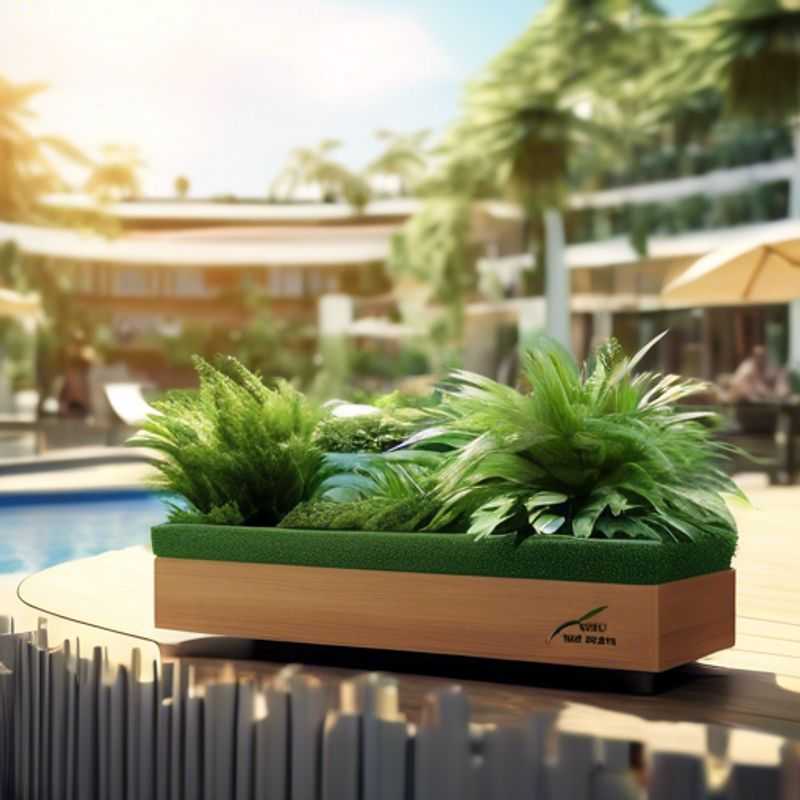
Smart Planter Research: Choosing the Right Tech for Your Green Thumb
Smart planters are a great way to make your life easier and keep your plants healthy. But, before you buy one, it's important to do some research to make sure you choose a planter that meets your needs. Consider your needs carefully and do your research to find the right smart planter for you.
First, you need to decide what kind of plants you want to grow. Some smart planters are designed for specific types of plants, while others are more versatile. If you want to grow herbs, for example, you'll need to find a planter that has the right size and features for herbs. Also, consider if you are planning to grow indoor or outdoor plants, as the features and functionality may differ.
Next, consider your budget. Smart planters can range in price from a few hundred dollars to over a thousand dollars. Think about what features you need and what you're willing to pay. You can find smart planters on Amazon and other online retailers as well as in home improvement stores.
Once you've decided on a smart planter, you need to choose a location for it. Most smart planters need to be placed in a well-lit area with access to a power outlet. It's also important to make sure the planter is in a place where you can easily monitor it.
Finally, read the instructions and set up your smart planter according to the manufacturer's recommendations. Many smart planters come with apps that you can use to monitor your plants' health and adjust settings. It is a good idea to test the features of your smart planter to ensure that it is functioning correctly.

Smart Planter Sizing: Choosing the Right Fit for Your Plants and Space
When choosing a smart planter, it's essential to consider the size and capacity in relation to your space and plant needs. Smart planters come in various sizes, from compact options for small spaces to larger models ideal for larger plants.
Before purchasing, measure the area you intend to place the planter. This will help you determine the maximum dimensions you can accommodate. Additionally, consider the type of plants you plan to grow. Different plants have varying root systems and water requirements, so select a planter that can provide adequate space and water capacity for your chosen plant.
Furthermore, factor in the features and functionality offered by the smart planter. Some models may have adjustable water reservoirs, while others might come with sensors for monitoring soil moisture and light levels. These features can impact the overall size and capacity of the planter, so carefully evaluate your needs and preferences.
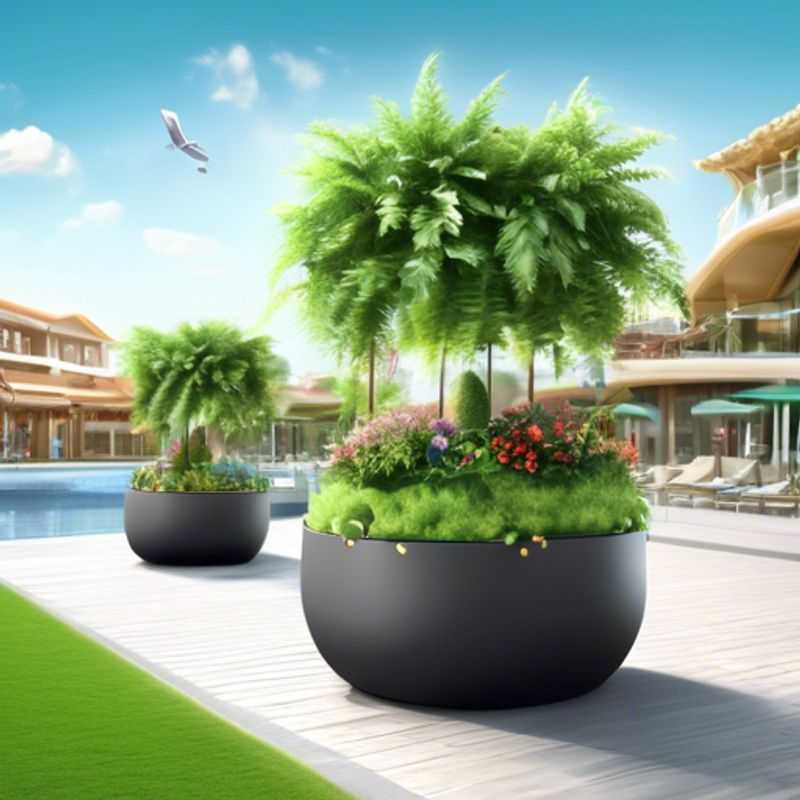
Connecting the Dots: Checking Compatibility and Connectivity Options
Before you dive into using any new device or gadget, it's crucial to ensure you're on the same page with connectivity. This means checking the connectivity options it offers, like Wi-Fi or Bluetooth. You'll also want to ensure compatibility with your current devices, such as your laptop, phone, or tablet.
Think of it like this: you wouldn't try to use a USB-C charger on a device that only takes micro-USB, right? It's the same idea with connectivity. If your new gadget uses Bluetooth 5.0, but your phone only supports Bluetooth 4.0, there might be problems with speed or connection stability.
Take a moment to check the specs of both your existing devices and the new gadget you're considering. This will help you avoid any unexpected compatibility headaches down the line.
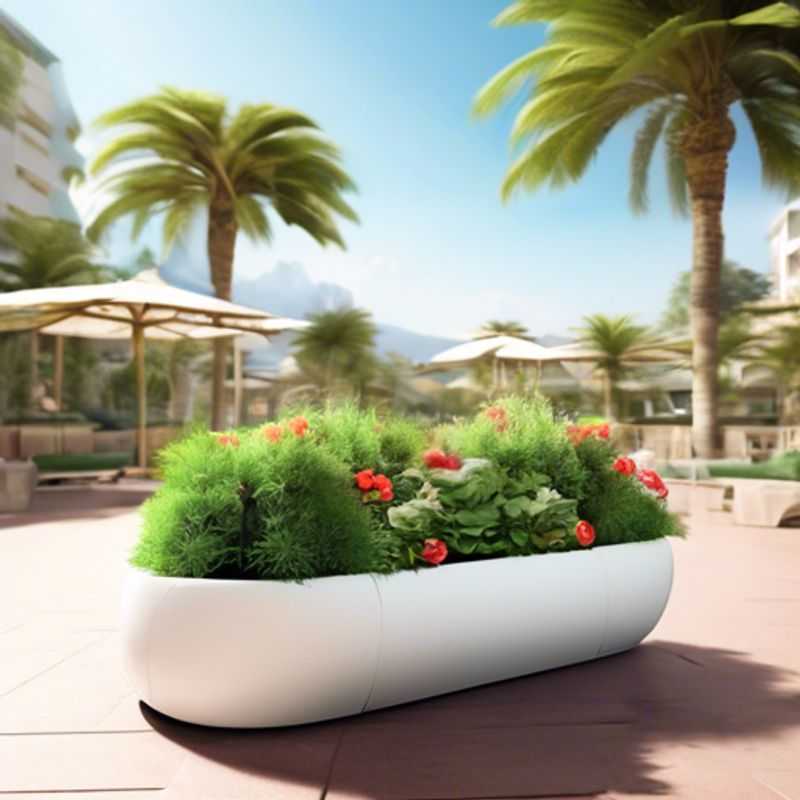
Smart Planter Integration: Managing Your Garden from Afar
Managing and monitoring your smart planter remotely is convenient and efficient, but it requires the right app or software integration. Here's a quick guide to help you review your options:
Key Features to Look For:
Real-time Monitoring: The app should allow you to view real-time data about your planter, including humidity, temperature, and light levels. This helps you identify issues early and adjust settings proactively.
Automatic Control: The app should enable you to remotely control the watering, lighting, and other functions of your smart planter. This eliminates the need for manual intervention and ensures your plants receive optimal care even when you're away.
Customizable Settings: Look for apps that offer customizable settings for individual plants. This lets you tailor the environment for specific needs and maximize growth potential.
Notifications: Alerts and notifications can be helpful for reminding you to refill the water reservoir, check on your plants, or address any issues that arise.
Data Logging and Analysis: Some apps offer data logging capabilities, allowing you to track plant growth over time and identify patterns in your watering and lighting adjustments.
Compatibility: Make sure the app is compatible with your specific smart planter model. Not all apps work with every device.
Security: When choosing an app, prioritize security measures to protect your personal data and ensure the integrity of your smart planter system.
Paid vs. Free:
Many apps offer a free basic version with limited features, while premium versions often unlock advanced capabilities, including:
* Additional Plants: Some apps may limit the number of plants you can manage in the free version.
* Advanced Data Analysis: Premium versions may provide more detailed data analysis, such as historical trends and growth comparisons.
* Custom Notifications: Advanced notification settings might be available in premium versions, allowing you to tailor alerts to your specific needs.
* Additional Features: Premium versions may offer other perks, such as plant identification tools or integrated plant care guides.
Remember to:
* Read Reviews: Check out reviews from other users to get insights into app performance, user experience, and any potential drawbacks.
* Try Before You Buy: Many apps offer free trials or a limited free version to allow you to test the features before committing to a paid subscription.
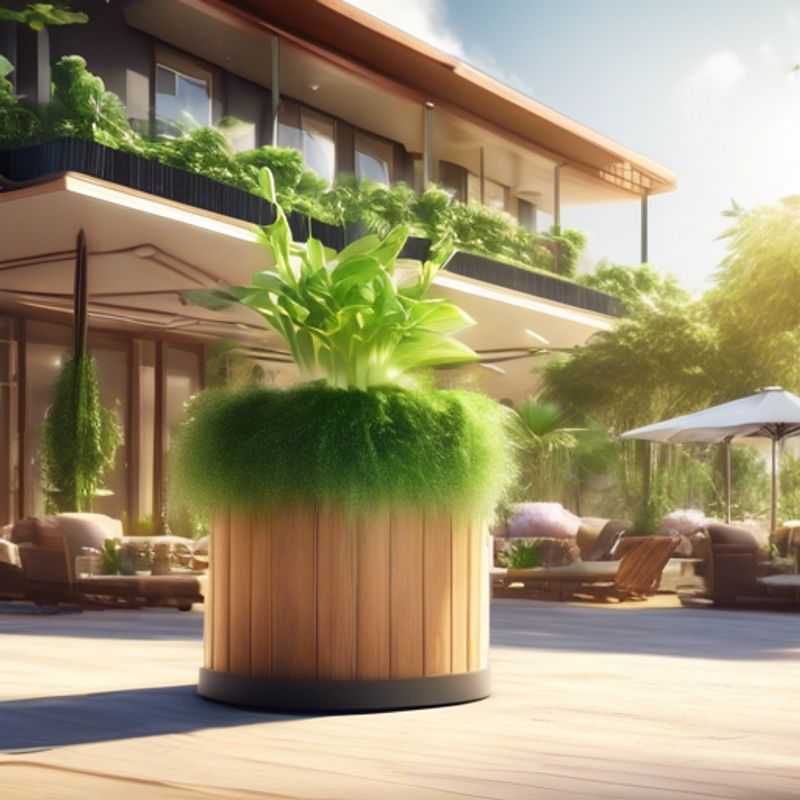
Power Up Your Smart Planter: Choosing the Right Source & Runtime
Choosing the right power source for your smart planter is crucial for its functionality and long-term performance. Let's break down the options:
Battery Power: Batteries provide flexibility, allowing you to place your planter anywhere. However, you'll need to charge them periodically, which could be a hassle. Consider factors like battery life, recharge time, and the availability of replacement batteries.
Solar Power: A solar panel provides a sustainable and cost-effective way to power your smart planter. Make sure the panel receives enough sunlight to ensure sufficient energy generation. Consider the location and climate conditions to ensure adequate solar exposure.
AC Power: Plugging into a standard wall outlet offers convenience but restricts your placement options. It's best suited for indoor planters or locations with readily available outlets.
Runtime: Knowing the runtime of your smart planter is vital. This refers to how long it can operate on a single charge or power source. Runtime is influenced by factors like pump size, water level sensors, and other features.
Cost Considerations: Consider the initial purchase price, operating costs (electricity, battery replacements), and potential maintenance costs when evaluating different power sources.
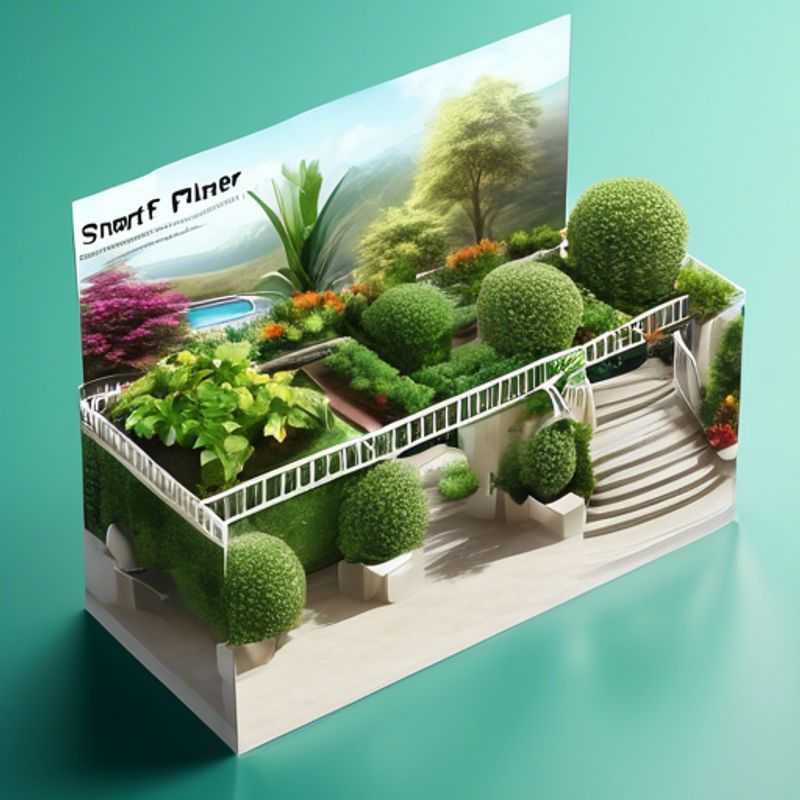
Smart Planter Maintenance: How Easy is it to Keep My Plants Happy?
Smart planters are a great way to grow your own plants, but they do require some maintenance. Here’s a quick rundown of what you need to know:
Water: Most smart planters have an automatic watering system, but you’ll still need to check the water level and refill it as needed. Some planters even have a water level sensor that will send you a notification when it’s time to refill.
Nutrients: Smart planters typically use nutrient solutions, which you’ll need to replace periodically. The frequency will depend on the type of plant you’re growing and the size of the planter. You can buy pre-mixed nutrient solutions, or you can make your own.
Light: Some smart planters come with built-in grow lights, but you may need to supplement them with additional light, especially during the winter months. The amount of light your plants need will vary depending on the type of plant.
Cleaning: You’ll need to clean your smart planter regularly to prevent the buildup of algae and other debris. You can use a mild soap and water solution to clean the planter. Make sure to rinse it thoroughly before adding water and nutrients.
Ease of Use: Most smart planters are very easy to use. They come with clear instructions and a user-friendly interface. You can use a smartphone app to control the watering system, monitor the plant’s health, and even adjust the light settings.
Cost: Smart planters can range in price from a few hundred dollars to over a thousand dollars. The price will depend on the features, size, and brand of the planter. You should also budget for ongoing costs like nutrient solutions, water, and electricity.
